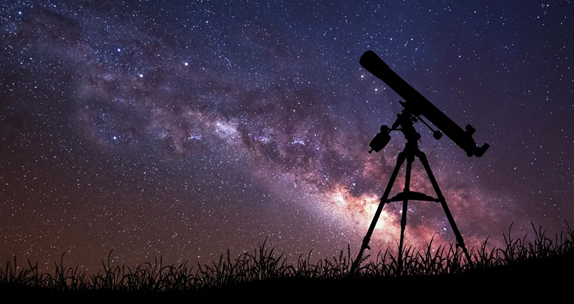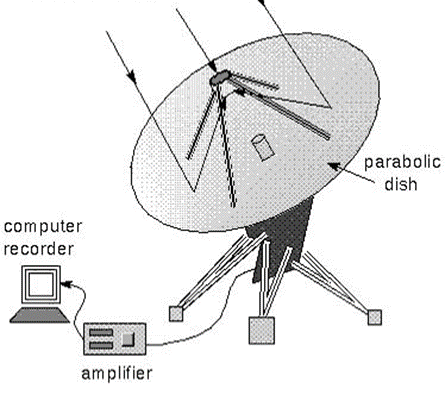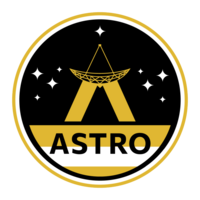WHAT ARE RADIO TELESCOPES?
21 JUNE 2024 | Myrto Terpsiadou
-Carl Sagan, Cosmos

Dish: A large parabolic dish, similar to satellite TV antennas but much larger. It collects and focuses radio waves at a focal point.

Receiver & Amplifier: Located at the focal point, the receiver collects weak signals, which the amplifier then boosts. High frequencies are converted to lower ones for easier analysis.

Signal Processing System: This system separates the desired signals from unwanted frequencies. Then, analog signals are converted to digital for easier analysis.
Computer: The digital signals are converted into data that is analyzed and stored.
Motion Mechanism: Allows the radio telescope to point in any direction, collecting a wide range of data and tracking moving objects in space.
Control Room: A room where scientists operate the telescope and analyze the collected data.
24-Hour Observation:
Unlike optical telescopes, radio telescopes can observe both day and night.
Unaffected by Weather:
Radio telescopes can "see" through clouds and rain, unlike optical telescopes which are affected by weather.
Invisible Objects::
Radio telescopes can gather information about objects in the universe that optical telescopes cannot detect, such as objects hidden behind stellar dust, nebulae, and other bodies.
Scientific Review: Konstantinos Karathanas
Translation: Konstantinos Karathanas
BIBLIOGRAPHY
- https://public.nrao.edu/telescopes/radio-telescopes/
- https://public.nrao.edu/radio-astronomy/the-technology-of-radio-astronomy/
- https://www.britannica.com/biography/Karl-Jansky
- https://homepages.uc.edu/~hansonmm/ASTRO/LECTURENOTES/F01/Lec7/Page1.html
- https://commons.wikimedia.org/wiki/File:CSIRO_ScienceImage_4350_CSIROs_Parkes_Radio_Telescope_with_moon_in_the_background.jpg
